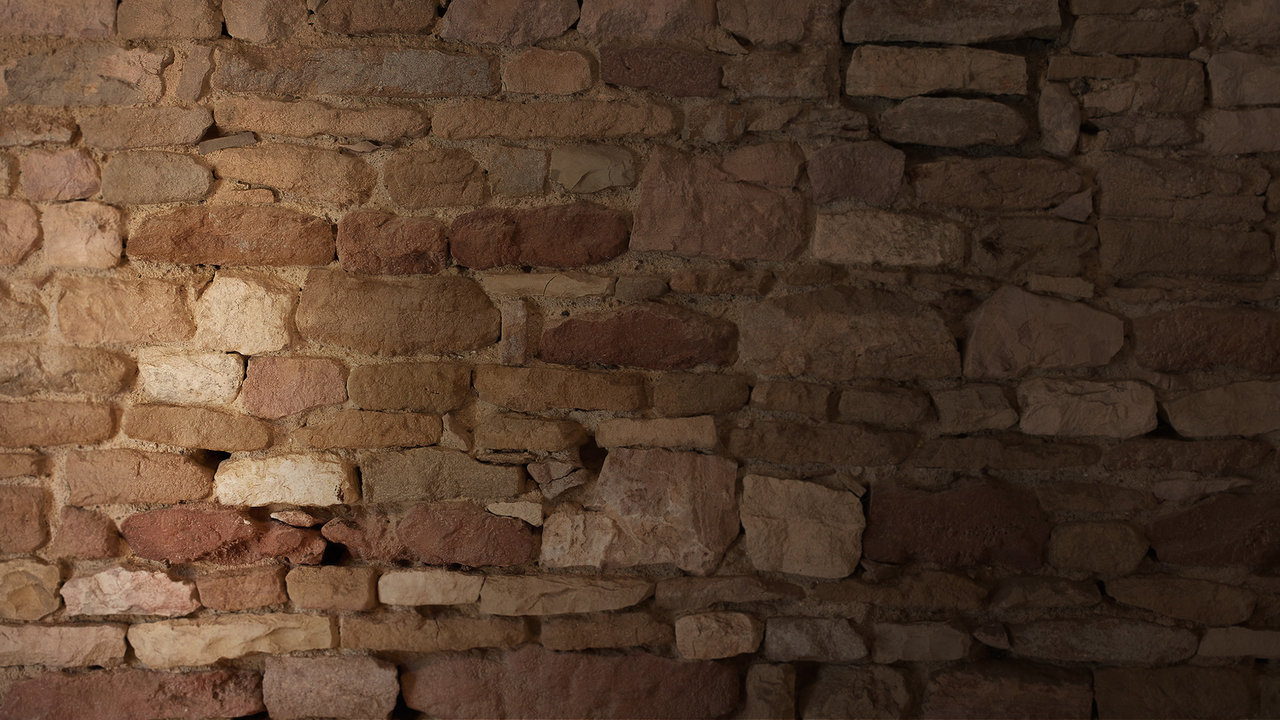Nuits-Saint-Georges
Premier Cru
"Les Terres Blanches" blanc
 Terroir
Terroir
Our vineyard Premier Cru 'Les Terres Blanches' is located above the Premier Cru 'Aux Perdrix'.
Total area : 0,33 hectares (0,82 acres).
Climat & Soil : South-East facing vines established on a gentle slope in South of Nuits-Saint-Georges. The soil is a mix of limestone and clay with clay predominance.
Total area : 0,33 hectares (0,82 acres).
Climat & Soil : South-East facing vines established on a gentle slope in South of Nuits-Saint-Georges. The soil is a mix of limestone and clay with clay predominance.
 Winemaking and Aging
Winemaking and Aging
To preserve their integrity, grapes are carefully harvested and sorted out by hand. Full clusters.
Following the pneumatic press, juices stay in a vat overnight for a cool settling down and then are directly filled in barrels by gravity.
Alcoholic fermentation and malolactic fermentations take place in barrels.
Aging process is taking place 100% in traditional Burgundian228 litres barrels during 18 months with around 50 % of new barrels.
We only use light toasted French oak coming mainly from Bourgogne, Allier and Vosges forests.
Light filtration before bottling.
Following the pneumatic press, juices stay in a vat overnight for a cool settling down and then are directly filled in barrels by gravity.
Alcoholic fermentation and malolactic fermentations take place in barrels.
Aging process is taking place 100% in traditional Burgundian228 litres barrels during 18 months with around 50 % of new barrels.
We only use light toasted French oak coming mainly from Bourgogne, Allier and Vosges forests.
Light filtration before bottling.
 Tasting notes
Tasting notes
Beautiful bright and green gold colour.
The nose is intense and very expressive dominated by white flowers flavours, gingerbread, orange peels and hazelnut.
On the palate, the wine is mineral and lightly salty that makes salivate. Nicely buttery, it is a wine to keep a couple of years before to be enjoyed.
The nose is intense and very expressive dominated by white flowers flavours, gingerbread, orange peels and hazelnut.
On the palate, the wine is mineral and lightly salty that makes salivate. Nicely buttery, it is a wine to keep a couple of years before to be enjoyed.
 Food and wine pairings
Food and wine pairings
The Nuits-Saint-Georges Premier Cru 'Les Terres Blanches' 2012 will perfectly match with dishes where fish is highlighted as pike-perch, monkfish with gambas and strong cheeses as Soumaintrain or Bleu d'Auvergne.
 Service and cellaring
Service and cellaring
It can be served at the ideal temperature of 13-14° C or cellared for 10 years.
 Art of tasting
Art of tasting
Owning great wines in your cellar is not enough, you also need to know how to serve them.
Temperature is an essential element around 53-57°F for the white and 55-59°F for the red. And if you don't have the right tasting glass which will amplify the wine's aromas, you may considerably reduce your tasting pleasure.
A great glass gives a large ventilation surface to the wine and a tightening neck, which allow the nose to grasp more casily the richness and the complexity of a great wine.
Temperature is an essential element around 53-57°F for the white and 55-59°F for the red. And if you don't have the right tasting glass which will amplify the wine's aromas, you may considerably reduce your tasting pleasure.
A great glass gives a large ventilation surface to the wine and a tightening neck, which allow the nose to grasp more casily the richness and the complexity of a great wine.


